Dental Microwear Texture Analysis as a proxy for estimating the diet of caviomorph rodents
Résumé
Caviomorpha or South American hystricognaths are taxonomical and ecological diverse
rodents with broad dietary habits, ranging from frugivorous to grass eaters. The oldest
fossil record of the group dates back to the late middle Eocene of Peru. Continuous
paleontological field efforts increase the knowledge and diversity of most ancient
species, testifying a rich and complex early evolutionary history. However, little is
known regarding the ecology of these Paleogene caviomorphs and its impact on the
early evolution of the group.In this work we analyze the teeth enamel surface of extant
caviomorphs in order to assess if their different dietary habits are reflected by distinct
microwear textures. This approach aims to obtain a model to be applied to
paleoecological studies.The method, named dental microwear texture analysis
(DMTA), describes and analyzes automatically surface textures, with a high degree of
precision. In the last decade, various studies from several authors explore its
application yet this work is the first to look at caviomorph rodents. We studied 90
specimens representing 15 species and 4 families of extant caviomorphs with different
feeding habits all coming from the state of Rio de Janeiro, Brazil. For each specimen,
we performed a scan on a high resolution silicon mold of the occlusal surface of the
first upper molar with aLeica DCM8 optical surface profilometerat the IPHEP lab (CNRS
and University of Poitiers, France). Then we applied a scale-sensitive fractal analysis
with Toothfrax and Sfrax softwares to describe the microwear textures through five
variables: Asfc (complexity), epLsar (anisotropy), HAsfc (heterogeneity of the
complexity), Smc (scale of maximum complexity) and TFV (textural fill volume). Our
results indicate that there is significant microwear texture differences between
primarily frugivorous and grass-eater species.These preliminary results on living
species demonstrate that the DMTA method represents a potentially powerful analytic
tool for reconstructing the diet of extinct species of caviomorphs.
